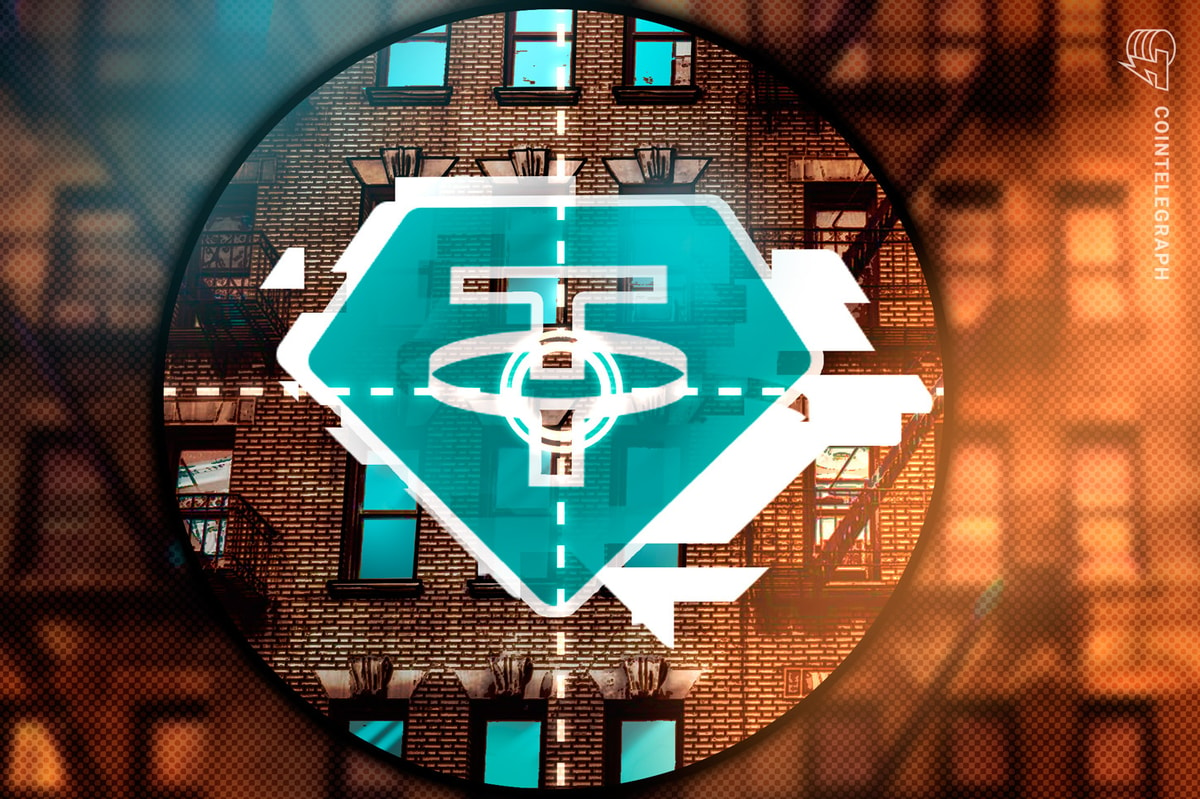What is extended reality (XR), explained
2 min read
XR works by constructing immersive experiences that combine real-world and virtual components. The specific workings of XR depend on the technology being used, whether it’s VR, AR or MR.
Here’s how these technologies work:
Virtual reality
VR technology produces immersive experiences by replacing the user’s surroundings with virtual ones. Users put on a VR headset that has sensors integrated into it to track their head movements. The headset shows stereo 3D images that give the user a sensation of depth and immersion.
The realistic experience is further improved by the spatial audio provided by built-in headphones or speakers. Users use handheld controllers to interact with the virtual environment, and the system tracks these controllers to map the users’ positions and motions.
Augmented reality
Incorporating virtual features in real-world environments is known as AR, which improves a user’s perception of and engagement with their surroundings. Smartphones, tablets and special AR glasses can deliver AR experiences. The device’s camera records the surroundings, while gyroscopes and accelerometers monitor its orientation and location.
AR software analyzes the camera feed, which identifies characteristics and objects in the real environment. The user’s vision is rendered and superimposed with virtual objects, text, or images on the device’s screen or through AR glasses. Touchscreens, gestures and voice commands can all be used by users to interface with the virtual components.
Mixed reality
Users can interact with virtual items while still being aware of and engaging with their physical environment thanks to mixed reality, which includes elements of both VR and AR. Like AR and VR systems, MR headsets are furnished with cameras, sensors and displays.
By using the cameras and sensors, the MR system maps the physical area to digitally represent the actual surroundings. After that, virtual objects are rendered and fixed in place in the user’s field of view, allowing for natural interaction and occlusion with the surrounding environment. While still viewing and engaging with the real environment, users can modify and interact with virtual items.







